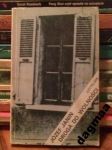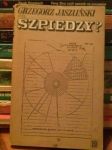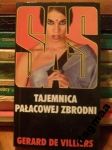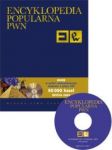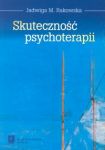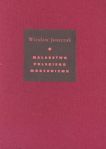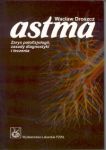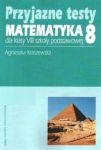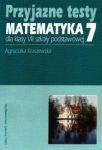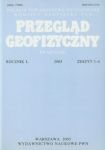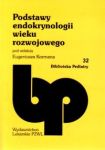Of all the composers who witnessed the widespread blossoming of the arts in the middle of the 18th century, it was Georg Philipp Telemann who responded the most enthusiastically to each new phase of musical development. In his last works in particular he expressed the deeper sentiment of his musical
personality and encapsulated the ideals of the Age of Enlightenment. His large-scale cantata Ino (c.1765)
was probably composed for performance in a new heated concert hall in Hamburg. Telemann greatly
admired the achievements of a new generation of talented German writers and poets, and the author of
the cantata text, Carl Wilhelm Ramler (1725--1798) had attracted his attention several years earlier. Ramler
was a poet and professor of philosophy at the Berlin Military Academy, and his writing reflected the spiritual
ideals and literary aesthetics of the Enlightenment. Ramler's Ino tells the story of Ino's desperate attempt
to save her son from her husband Athamas, who has been driven insane and is intent on killing him. With
its perfect blend of drama and poetry, narration and reflection, and emotion and structural control, it was the finest secular text that Telemann set to music. The Ino cantata is a virtually unbroken progression of
accompanied recitative, arioso, aria and instrumental commentary and, with its two large-scale da capo
arias, it has the proportions of a grand, throughcomposed operatic scena. The accompanied recitatives are the most striking example of Telemann's extraordinarily expressive word-painting. The harmonic and melodic language of Ino are typical of its time, characterised by pedal points and smoothly flowing movement in thirds and sixths in much of the instrumental writing, and harmonic structures which point clearly to a new age with a broader sense of harmonic planning. This recording also includes Telemann's sevenmovement Orchestral Suite in D. Composed in the same year as he completed Ino, it was his last
preserved instrumental work. The exceptionally charming and witty music is a permanent testament to the way in which Telemann transformed conventional Baroque structures through rococo style and sentiment.
Further information
- Recorded in 1989
- Booklet notes and sung texts
Conductor: Reinhard Goebel
Soprano: Barbara Schlick
Orchestra: Musica Antiqua Köln
Ciężar
0.1
Autorzy
Barbara Schlick, Musica Antiqua Koln, Reinhard Goebel
Format
14.0x12.0cm
Oprawa
Plastikowa
Rok wydania
2011
Dla tego produktu nie napisano jeszcze recenzji!
Napisz recenzjęWłaściciel sklepu internetowego nie gwarantuje, że publikowane opinie pochodzą od konsumentów, którzy używali danego produktu lub go kupili.


